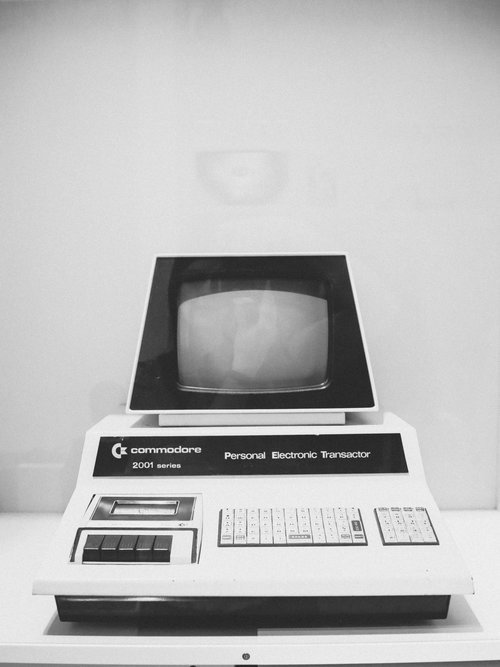Welcome to the New Machine - Part II
Management does not have a deep sense of time or history, so we will continue to re-learn age-old behaviour, work, and organisation lessons as we build the new machine. However, we can be sure that people will always be the critical and essential element of work and organisation.
I will always be in here
I will always look out from behind these eyes
It's only a lifetime
It's only a lifetime
It's only a lifetimePink Floyd, A New Machine - Part II, A Momentary Lapse of Reason, 1987
Do we know what to do if the screens go dark?
This is often framed as a business continuity question. In the wake of natural and man-made disasters and terrorist attacks, business continuity has become a front-of-mind issue for many business leaders. The predominant themes of the discussion are risks related to information systems and the ability to verify employees' location quickly.
I would like to know about business continuity regarding the future of work. Automated systems, robotics, Artificial Intelligence, and driverless transport characterise the future of work. The dominant narrative is fewer people doing less manual work and more connected machines making everything go faster, more efficiently, and productively. Time will tell!
What does business continuity mean in that world of work and organisation? I suspect that people will remain an essential part of business continuity planning, possibly even more important. Do I have the right people in the right places making the right decisions? People who know what to do when the screens go dark. Is the future of work a thought for today’s business continuity planners?
This led me to wonder about workforce continuity in the future of work. When we look past technologists' bold promises, what are workforce continuity's principal features in a crisis? Strangely enough, the principles are similar to those used in information management. For example, is flexible work a workforce continuity strategy and a business imperative?
Flexible work is often portrayed as something new. It’s not. Along with the many developments of the industrial age, working remotely in support of, or service to, distributed communications has been a necessity. The evolution of our thinking about work tracks the evolution of communications technology very closely. The challenge today is that we have narrowed our understanding of flexible work, flexible working, and a flexible workforce to either an image of people at home in slippers or malingers out from under the ever-watchful gaze of alert managers.
The two major barriers to an effective, flexible workforce are an organisational culture that sees people as widgets to be neatly fitted together and myopic management practices.
An organisation that is culturally conditioned and practised in working flexibly will likely have the agility and resilience to respond to disaster or crisis. It may also be one most likely to have the mindset and tools to adapt and posture for recovery.
So, as we think about the future of work, there should be less focus on technology and more on how we will work and organise. This would be more valuable than the current anxiety-laden focus on disruption and job loss. Maybe we should move away from our obsession with disruption and be guided by considerations of workforce continuity and how that translates into flexibility and resilience.
A key feature of emerging technologies is the digitisation of what was once considered exclusively human capacity or capability. The digitisation of labour. What do these technologies offer us in terms of flexibility, resilience, and continuity of the workforce? What will be the unique contribution people make to how work is organised and conducted in the future? In a highly automated world of work, what would be exposed when the screens go dark?
Management does not have a deep sense of time or history, so we will continue to re-learn age-old behaviour, work, and organisation lessons as we build the new machine. However, we can be sure that people will always be the critical and essential element of work and organisation.
Welcome to the new machine! People will always be here.
Photo Credit: Photo by Anastasia Dulgier on Unsplash
